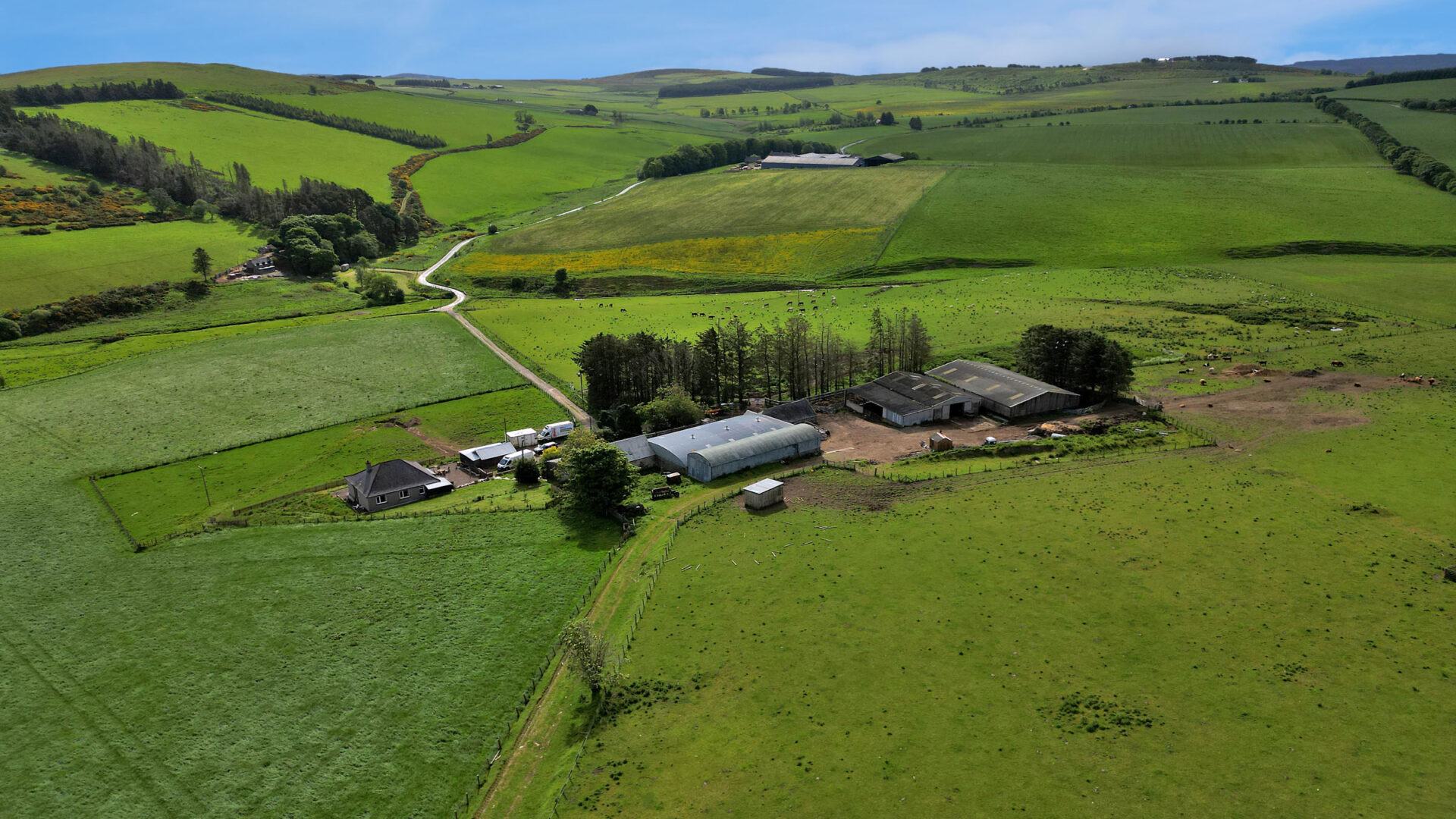Buying land is exciting, but one mistake can cost you thousands or leave you with an unusable plot. Avoid these common pitfalls to ensure a smooth purchase and successful project.
1️⃣ Not Checking Planning Restrictions First
❌ Assuming you can build whatever you want
✔ Solution: Check if the land is in Green Belt, AONB, SSSI, Flood Zone, or an Article 4 area before buying. Look at the Local Plan and past applications to gauge what’s allowed.
2️⃣ Buying Landlocked Land (No Legal Access)
❌ Some land has no right of way, meaning you can’t legally enter it
✔ Solution: Ensure there’s a properly documented access route (not just a dirt track) and that it’s registered on the title deeds. Otherwise, you could face legal battles for access.
3️⃣ Ignoring Hidden Costs
❌ Land price is just the beginning
✔ Solution: Factor in stamp duty, legal fees, planning costs, surveys, infrastructure, and utility connections. Fencing, drainage, and even clearing vegetation can add thousands.
4️⃣ Not Checking for Overage Clauses
❌ Some land has legal clauses forcing you to share profits if you develop it
✔ Solution: Have a solicitor review the title deeds for any overage or uplift clauses before buying. If the land has this, you might owe 30-50% of the land’s future value increase to the seller.
5️⃣ Assuming You Can Live on the Land
❌ Most land doesn’t come with residential rights
✔ Solution: You cannot live on land full-time without planning permission. Workarounds include:
- Temporary structures (e.g., yurts, caravans under 28-day rules)
- Agricultural ties (if you prove a farm business needs on-site housing)
- Class Q barn conversions (if a qualifying building exists)
6️⃣ Overlooking Utilities & Infrastructure Costs
❌ No water, no power, no sewage? That’s a big problem.
✔ Solution: Confirm access to mains water, electricity, drainage, and broadband. If off-grid, research the costs of solar, wells, boreholes, and septic tanks – they can be expensive.
7️⃣ Failing to Research the Local Planning Authority (LPA)
❌ Some councils are anti-development and reject almost everything
✔ Solution: Look at your LPA’s planning history. If they have a track record of rejecting applications, be prepared for a tough fight. Consider nearby councils with pro-development policies.
8️⃣ Buying Without a Full Land Survey
❌ Soil contamination, unstable ground, or flood risks can ruin plans
✔ Solution: Get a Phase 1 Environmental Report & Topographical Survey to check for contamination, old landfill use, flood risks, and unstable land. This is essential for buildability.
9️⃣ Relying on Verbal Agreements
❌ Sellers may promise things that aren’t legally binding
✔ Solution: Always get agreements in writing via a solicitor. This includes access rights, land use, and future obligations (like overage clauses or shared access maintenance).
🔟 Not Considering Future Resale Value
❌ Poor location, restrictions, or access can make land hard to sell
✔ Solution: Choose land with development potential, good access, and few restrictions. Even if you don’t plan to sell, you want land that increases in value.
1️⃣1️⃣ Underestimating the Cost & Time for Planning Permission
❌ Planning applications can take months (or years) and still be rejected
✔ Solution: Budget for architect fees, planning consultants, ecological surveys, and potential appeals. A pre-application meeting with the council can save time & money.
1️⃣2️⃣ Assuming Agricultural Land Can Be Used for Anything
❌ Just because it’s land doesn’t mean you can do what you want with it
✔ Solution: Agricultural land is strictly controlled. You may need change of use approval to build anything, even a shed. Some farms also have agricultural occupancy ties, meaning only farmers can live there.
1️⃣3️⃣ Buying Too Small for Your Plans
❌ A cheap 1-acre plot might sound good—until you realize it’s useless
✔ Solution: Always consider how much space your plans require. Glamping, smallholdings, or building a house all need sufficient space for access, drainage, parking, and legal setbacks.
1️⃣4️⃣ Failing to Check Land Boundaries & Rights of Way
❌ What if a public footpath runs through your “private” land?
✔ Solution: Check Land Registry title plans and visit the site. Look for public rights of way, access disputes, and boundary discrepancies—these can kill development plans.
1️⃣5️⃣ Ignoring Local Opposition & Community Influence
❌ Angry neighbors can derail your planning application
✔ Solution: Speak to locals, parish councils, and community groups early. Gaining local support makes planning far easier and helps you avoid future disputes.
1️⃣6️⃣ Forgetting About Drainage & Soil Quality
❌ Heavy clay soil, waterlogged land, or no drainage = expensive fixes
✔ Solution: Check soil type for building stability and drainage needs. If land is boggy or floods in winter, it may need costly groundworks, soakaways, or elevated foundations.
1️⃣7️⃣ Not Checking the Land’s Legal Title & Restrictions
❌ Some land has restrictions preventing development
✔ Solution: Title deeds & local searches will reveal restrictive covenants, ransom strips, easements, or legal disputes. Always get a solicitor to check before committing.
1️⃣8️⃣ Underestimating Ongoing Costs (Land Isn’t Free to Own!)
❌ Owning land still costs money, even if you don’t develop it
✔ Solution: Consider costs like council tax (on certain land types), maintenance, security, insurance, and legal fees. If renting the land, check lease terms carefully.
1️⃣9️⃣ Believing the Seller’s Claims Without Verifying
❌ Sellers (or estate agents) might exaggerate potential or hide issues
✔ Solution: Verify everything yourself. Check planning history, boundaries, restrictions, and get professional surveys. Don’t take their word for it—prove it yourself.
2️⃣0️⃣ Rushing into a Purchase Without a Clear Plan
❌ Buying land just because it’s cheap or looks nice can backfire
✔ Solution: Have a defined purpose before purchasing. Whether it’s self-building, glamping, farming, or investment, ensure the land suits your long-term goals and legal constraints.

Leave a Reply